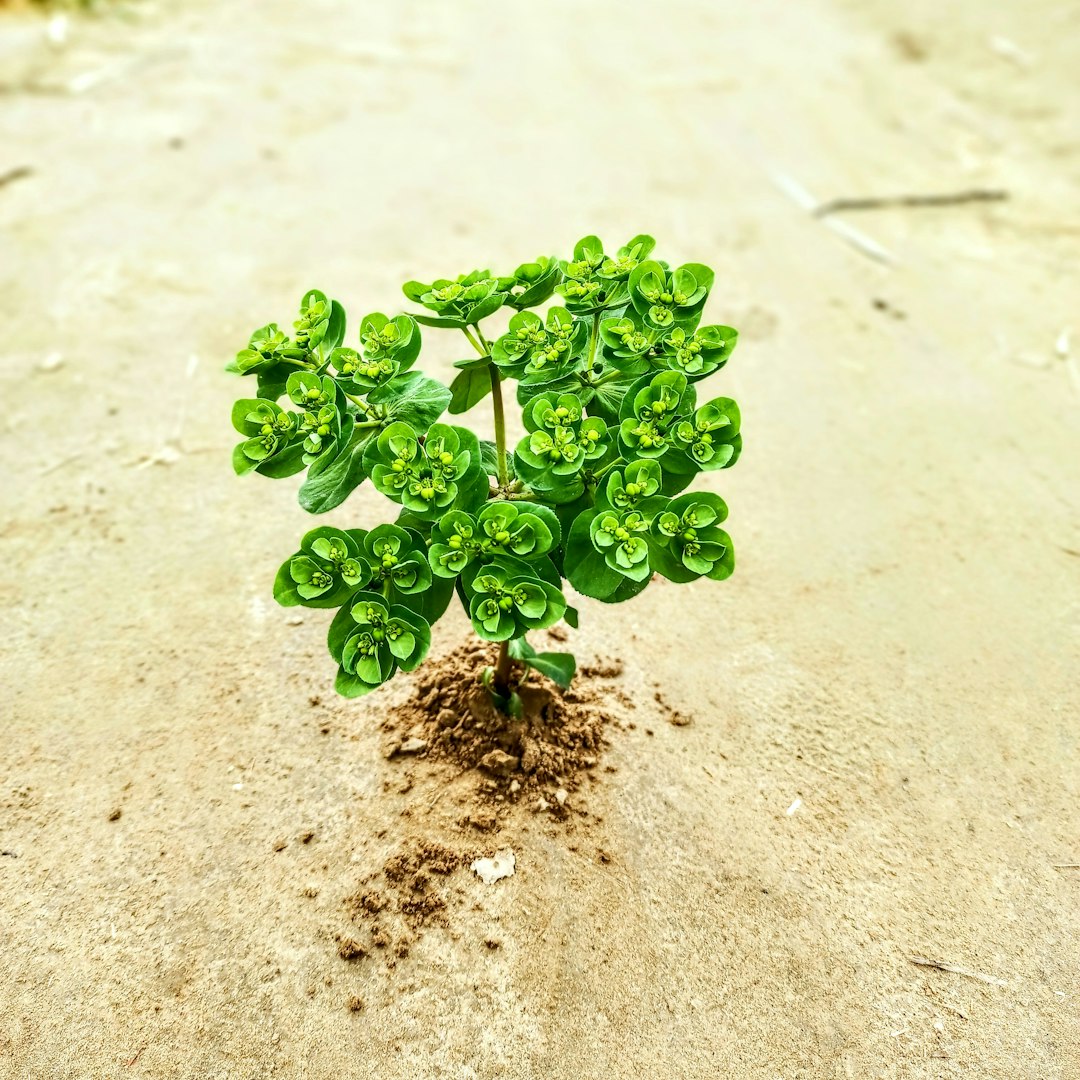
When it comes to caring for your yard, one of the most crucial elements often overlooked is the type of soil you have. Among the various soil types, loam soil is frequently hailed as the best for plants. But what exactly is loam soil, and why is it so ideal for your garden?
Loam soil is a well - balanced mixture of three primary soil particles: sand, silt, and clay. Each of these components contributes unique properties to the soil, creating an environment that is perfect for plant growth. Sand particles are relatively large and coarse. They allow for good drainage in the soil, preventing water from pooling around plant roots and causing root rot. Silt particles are smaller than sand but larger than clay. They hold moisture well and add a certain level of fertility to the soil. Clay particles, on the other hand, are the smallest. They have a high capacity to hold nutrients and water, but they can also make the soil heavy and poorly drained if present in excessive amounts.
In loam soil, the proportions of sand, silt, and clay are carefully balanced. Typically, loam soil contains about 40% sand, 40% silt, and 20% clay. This combination results in a soil that has excellent drainage while still retaining enough moisture and nutrients for plants. The porous nature of loam soil allows plant roots to penetrate easily, providing them with access to oxygen, water, and essential minerals.
One of the key benefits of using loam soil in your yard is its fertility. The combination of sand, silt, and clay creates a rich environment for microorganisms. These tiny organisms break down organic matter in the soil, such as dead leaves and plant debris, into nutrients that plants can absorb. This natural process of decomposition enriches the soil, providing a steady supply of nitrogen, phosphorus, potassium, and other essential elements for plant growth. As a result, plants grown in loam soil tend to be healthier, more vigorous, and more productive.
Another advantage of loam soil is its workability. Unlike heavy clay soils, which can be difficult to dig and till, or sandy soils, which can be too loose and lack structure, loam soil is easy to work with. It crumbles easily when you turn it over, making it ideal for planting seeds, bulbs, and transplants. You can also shape and mold loam soil into raised beds or garden borders with relative ease, allowing you to create the perfect growing environment for your plants.
Loam soil also has good water - holding capacity. It can absorb and retain water during rainy periods, preventing runoff and erosion. At the same time, it allows excess water to drain away slowly, ensuring that plant roots do not become waterlogged. This balance of water retention and drainage is essential for plant health, as it helps to prevent both drought stress and water - related diseases.
If you don't have loam soil in your yard, don't worry. You can create your own loam soil by amending your existing soil. If you have a sandy soil, you can add organic matter such as compost, manure, or leaf mold to increase its water - holding capacity and nutrient content. For clay soils, adding sand and organic matter can help to improve drainage and loosen the soil structure. Over time, with regular additions of organic matter, you can transform your soil into a rich, loamy medium that is perfect for your garden.
To maintain the quality of your loam soil, it's important to practice good soil management techniques. This includes regular addition of organic matter, such as compost or mulch, to replenish nutrients and improve soil structure. Avoid over - tilling or compacting the soil, as this can disrupt the delicate balance of the soil particles and reduce its fertility. You should also test your soil regularly to monitor its pH level and nutrient content, and make adjustments as needed.
In conclusion, loam soil is the ideal soil type for your yard. Its balanced composition of sand, silt, and clay provides the perfect environment for plant growth, offering excellent drainage, water - holding capacity, fertility, and workability. By understanding the properties of loam soil and taking steps to create and maintain it, you can ensure that your garden thrives and provides you with a beautiful and bountiful harvest for years to come.
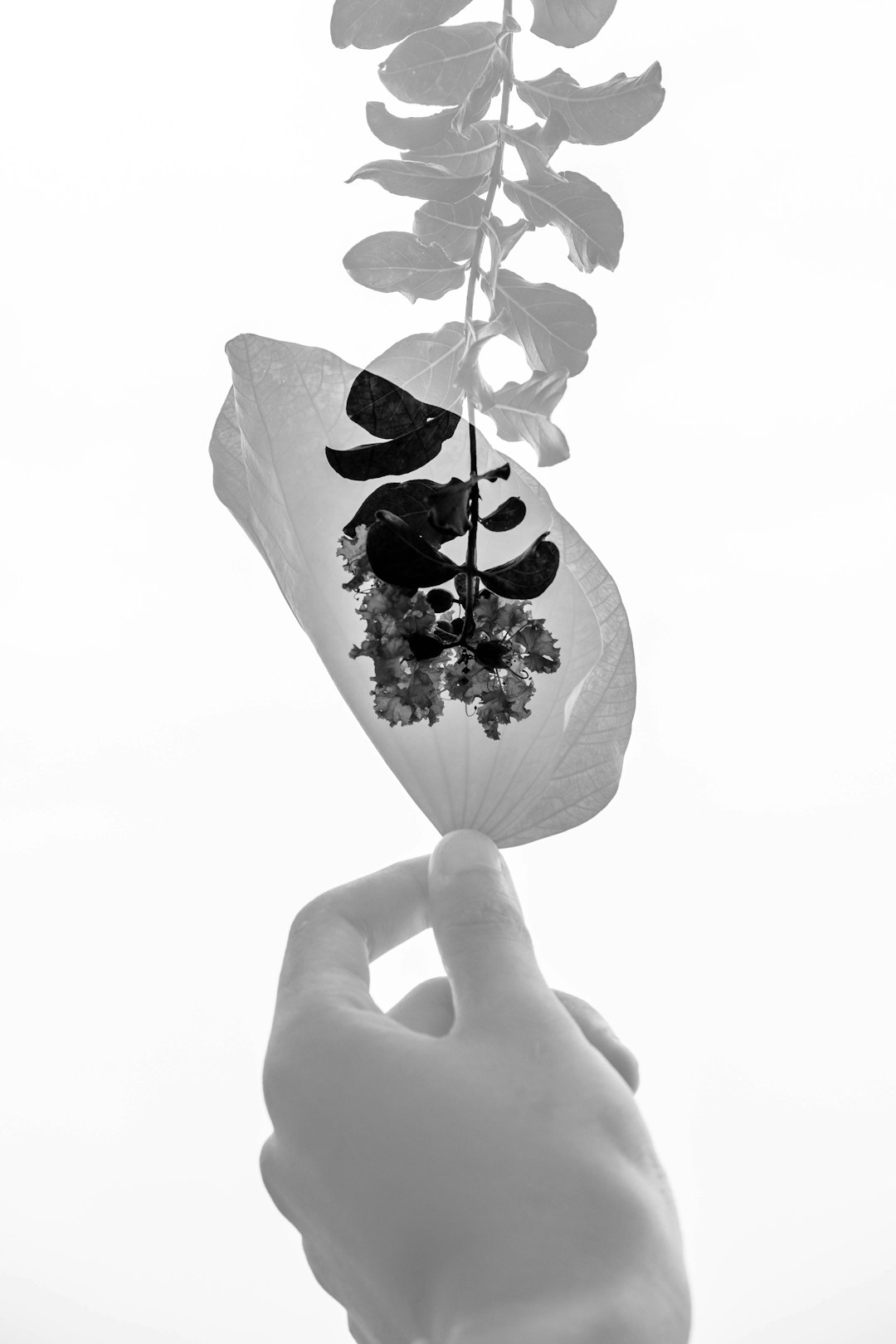
The Secret to Squirrel - Free Potted Plants
The Secret to Squirrel - Free Potted Plants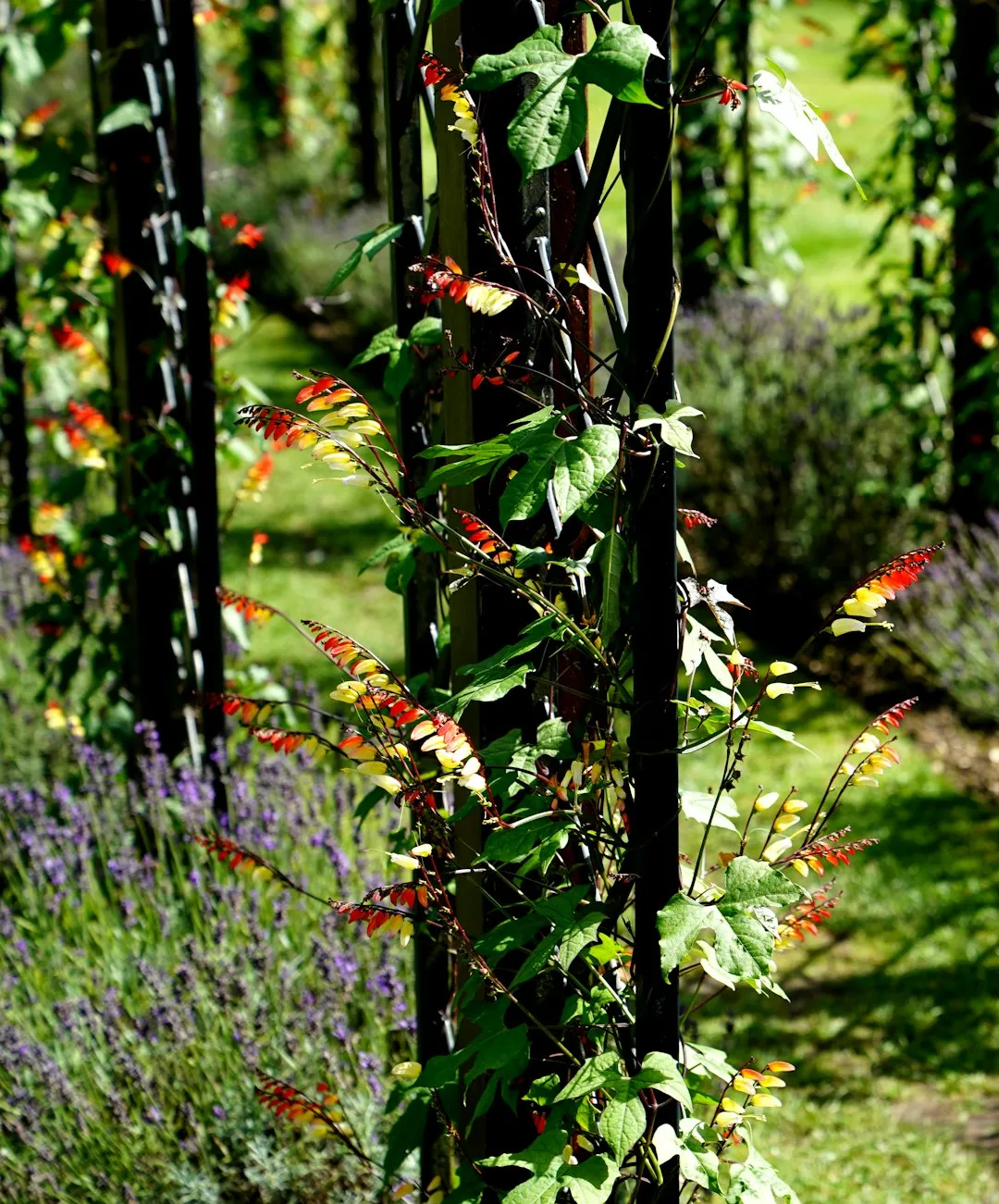
Sweet Rewards: Cultivating Berries in Containers
Sweet Rewards: Cultivating Berries in Containers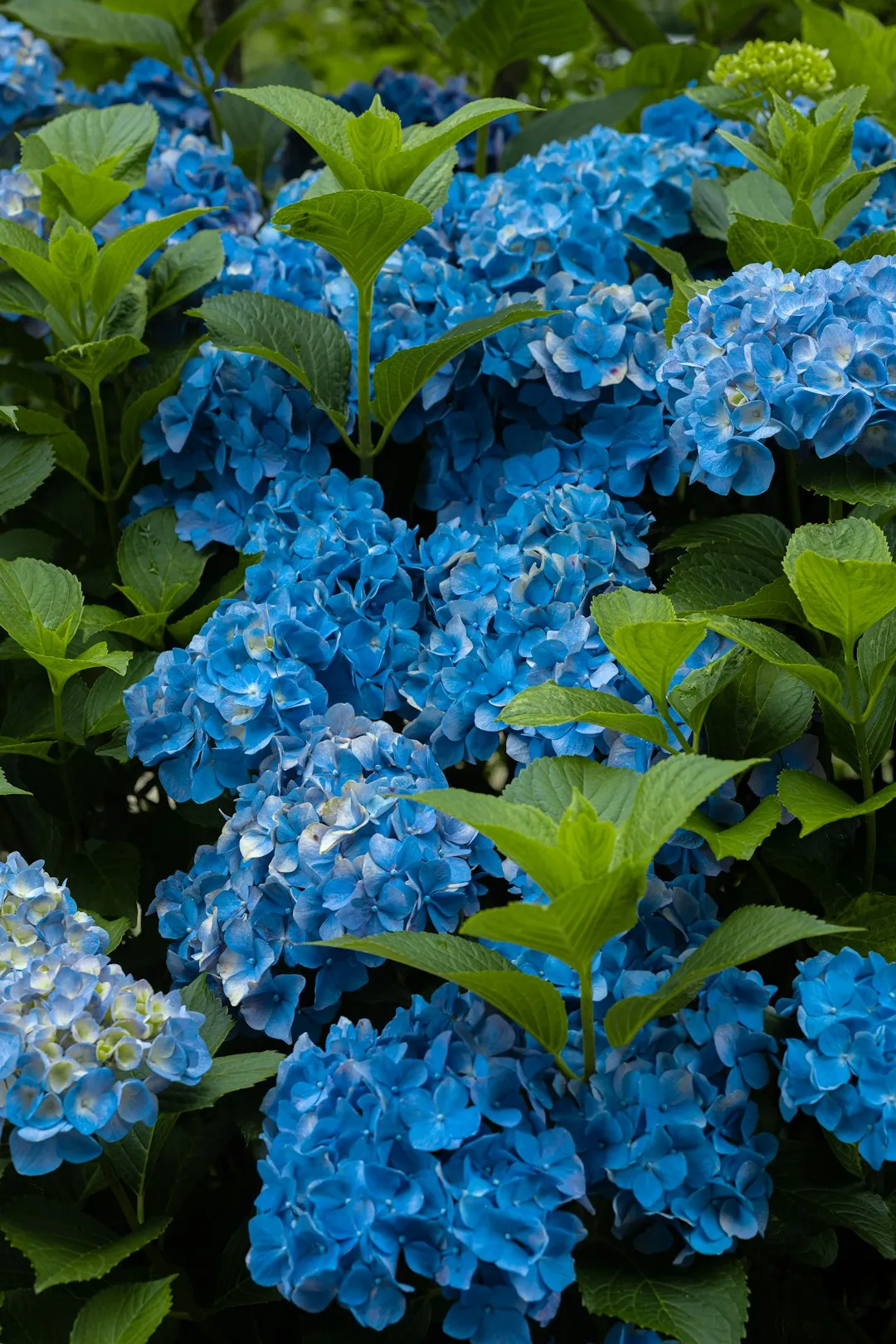
Unveiling the Secrets of a Stunning Lawn
Unveiling the Secrets of a Stunning Lawn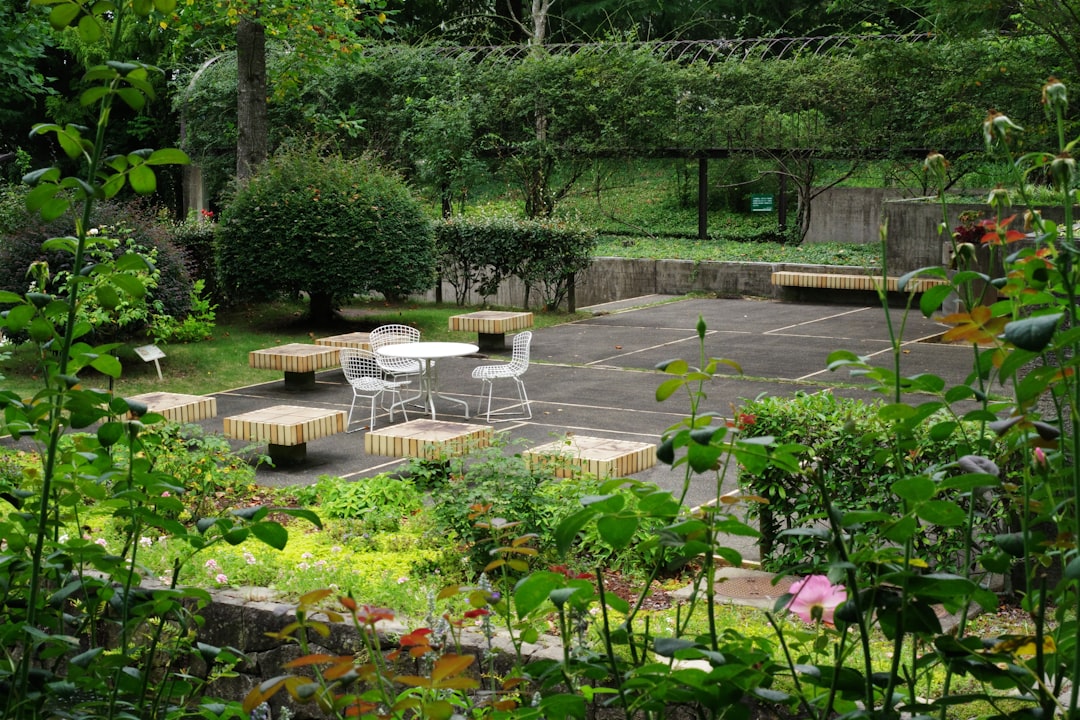
Fall Lawn Maintenance: The Key to a Healthy Yard in Winter
Fall Lawn Maintenance: The Key to a Healthy Yard in Winter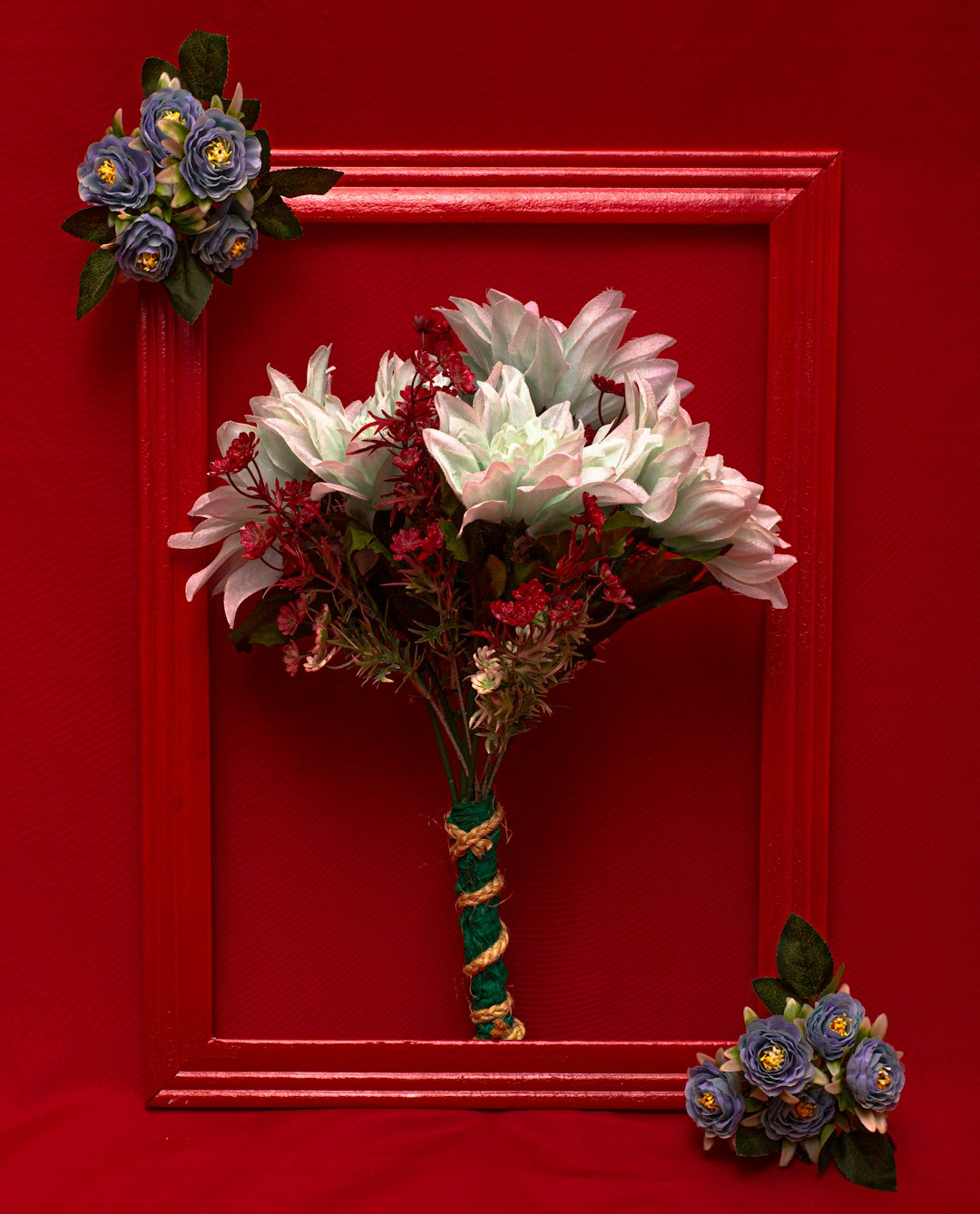
The Secret to Soil Amendment Without Uprooting Your Plants
The Secret to Soil Amendment Without Uprooting Your Plants
Unleash Your Garden's Potential: The Art of Seed Collection
Unleash Your Garden's Potential: The Art of Seed Collection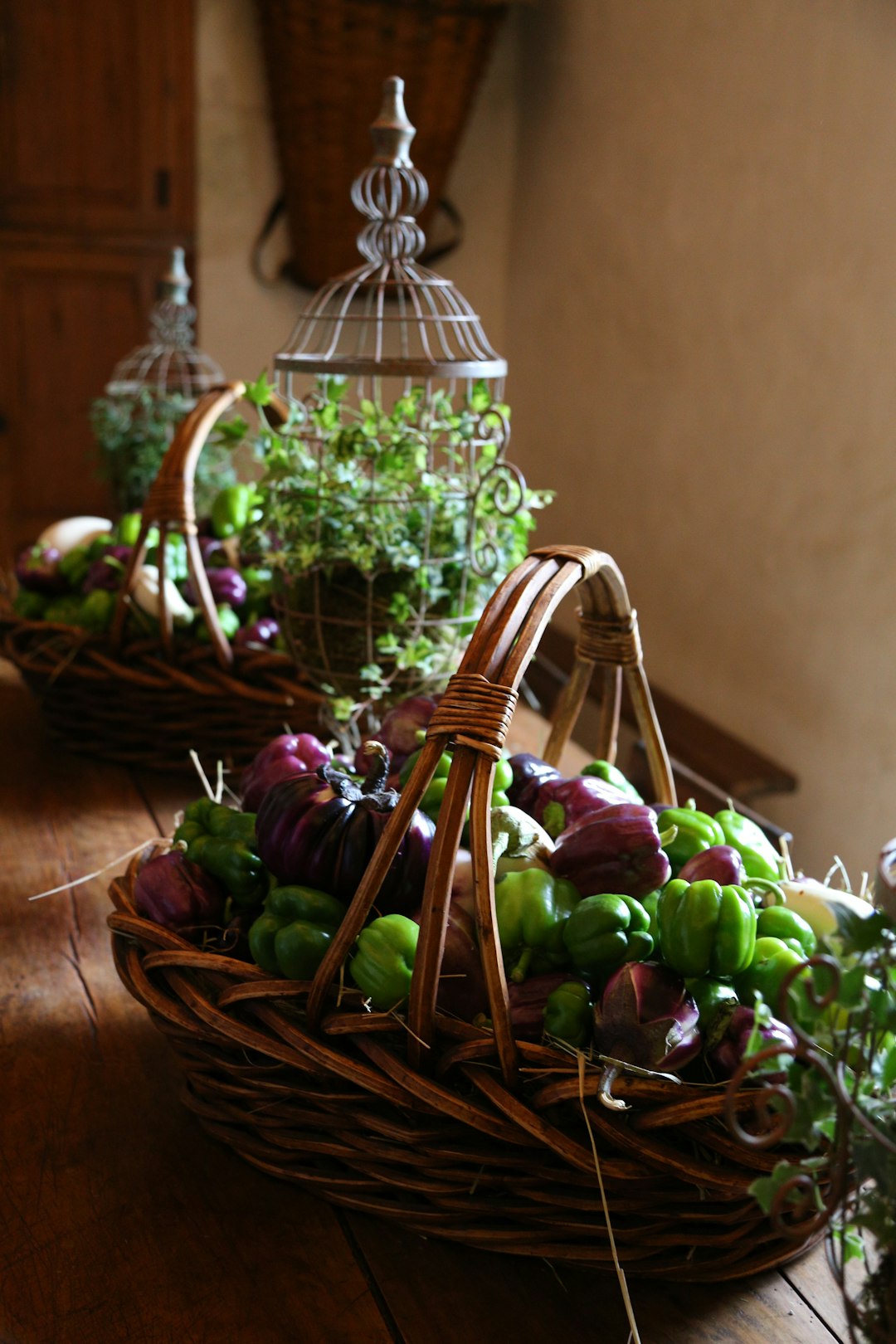
Pre - Summer Yard Care Essentials
Pre - Summer Yard Care Essentials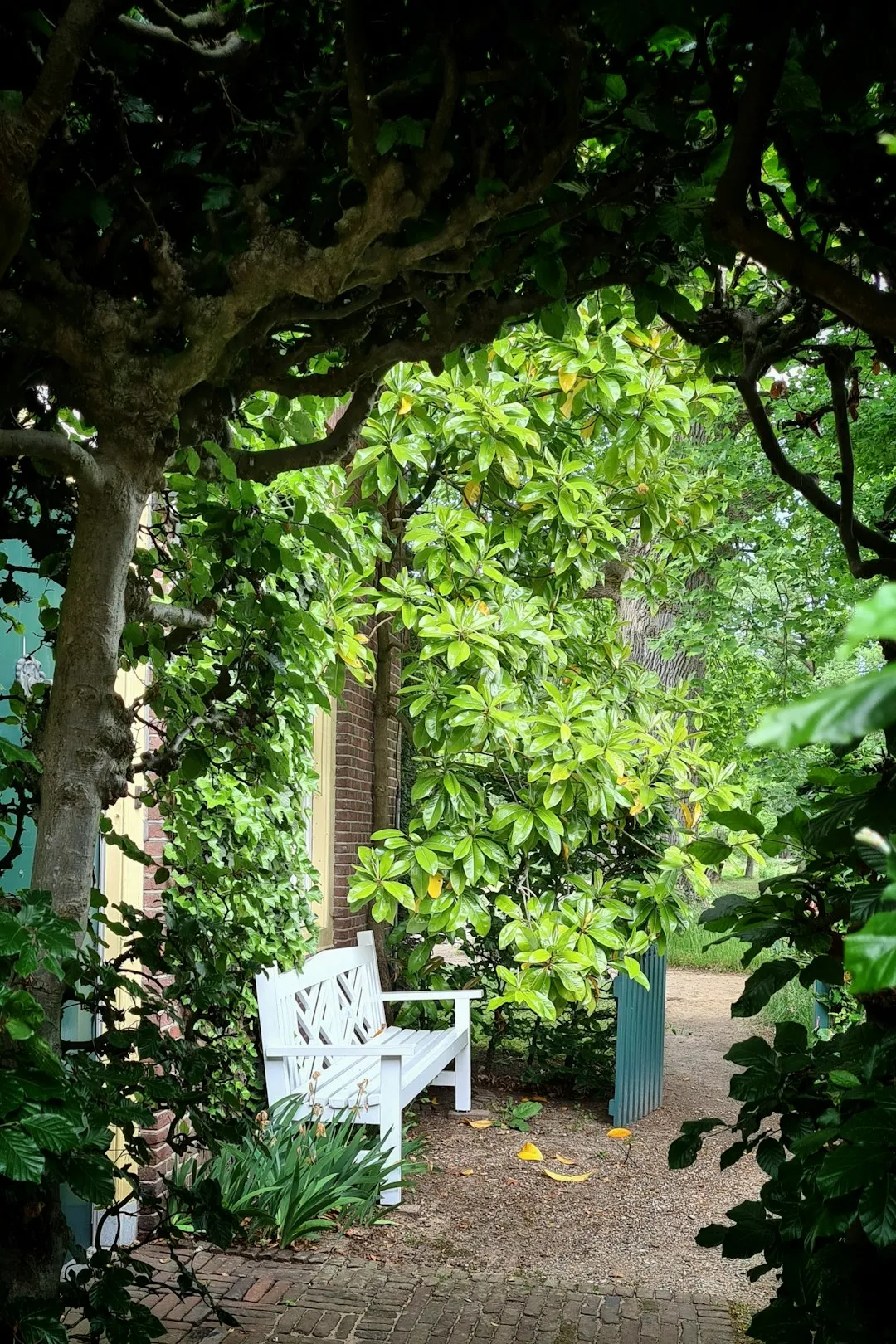
Weathering the Storm: Nurturing Your Garden in Extreme Conditions
Weathering the Storm: Nurturing Your Garden in Extreme Conditions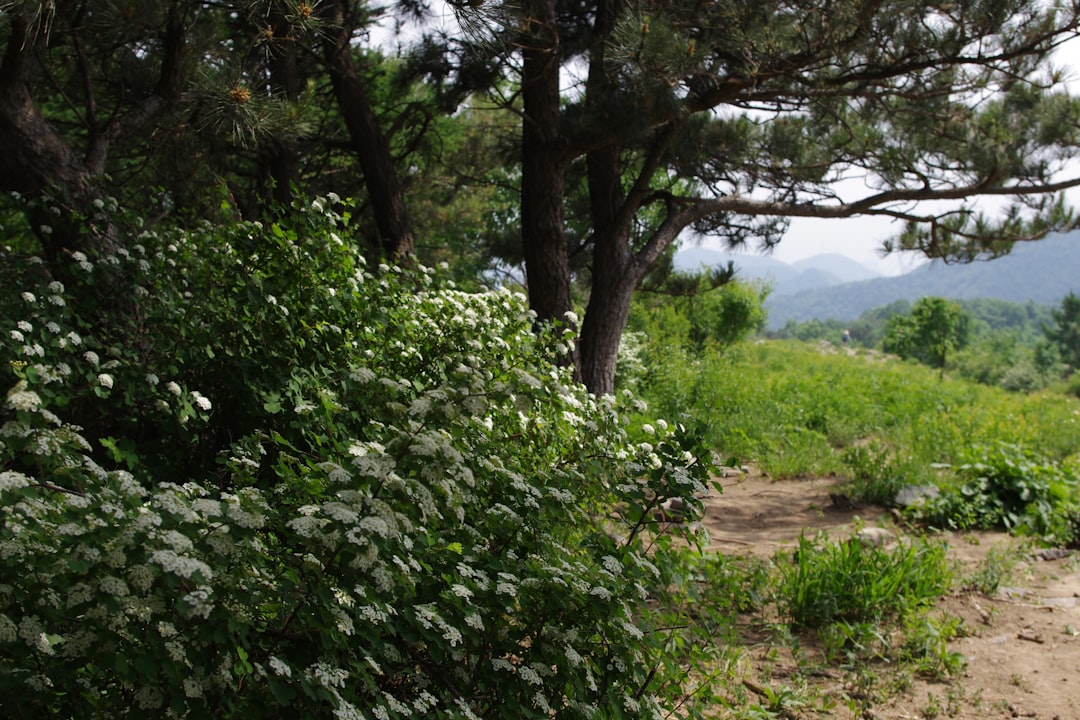
Summer Pruning: The 10 Flowering Plants to Leave Alone
Summer Pruning: The 10 Flowering Plants to Leave Alone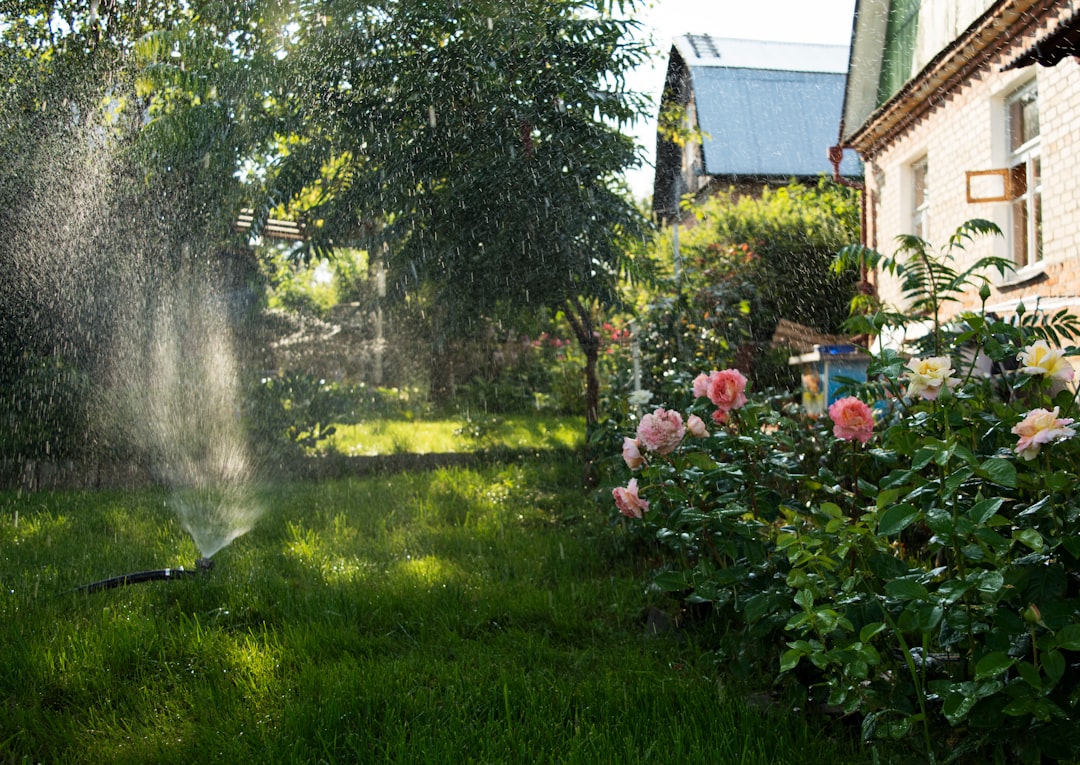
Unveiling the Hidden Gems of Perennial Gardening
Unveiling the Hidden Gems of Perennial Gardening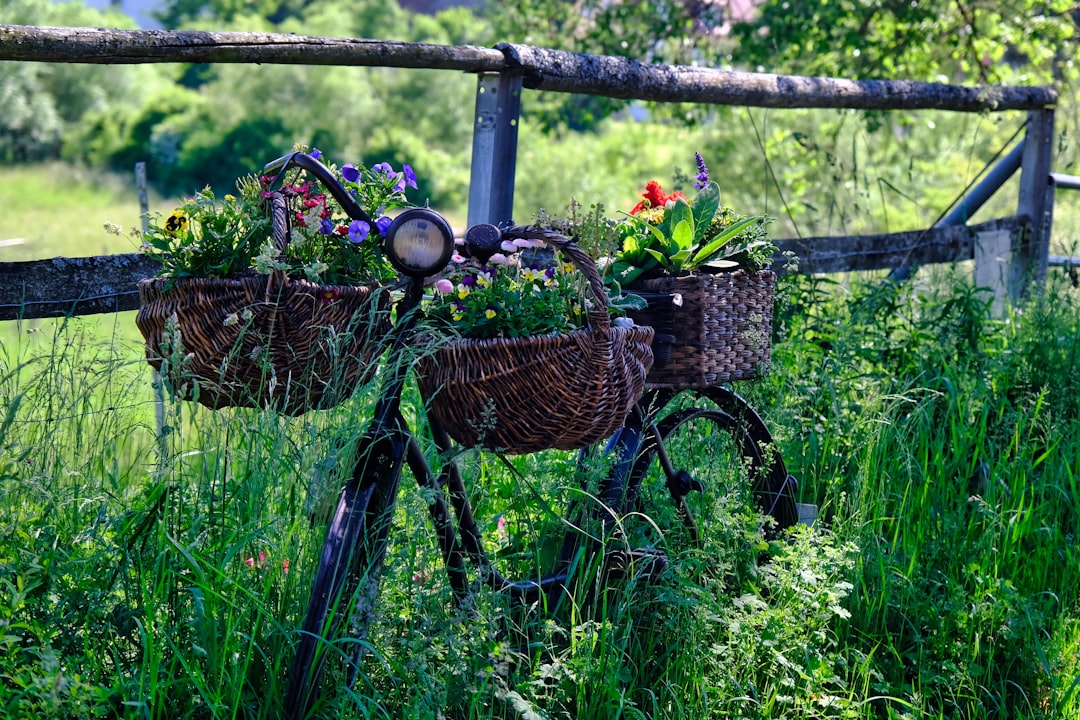
Unleashing the Beauty of Perennial Black - Eyed Susans in Your Garden
Unleashing the Beauty of Perennial Black - Eyed Susans in Your Garden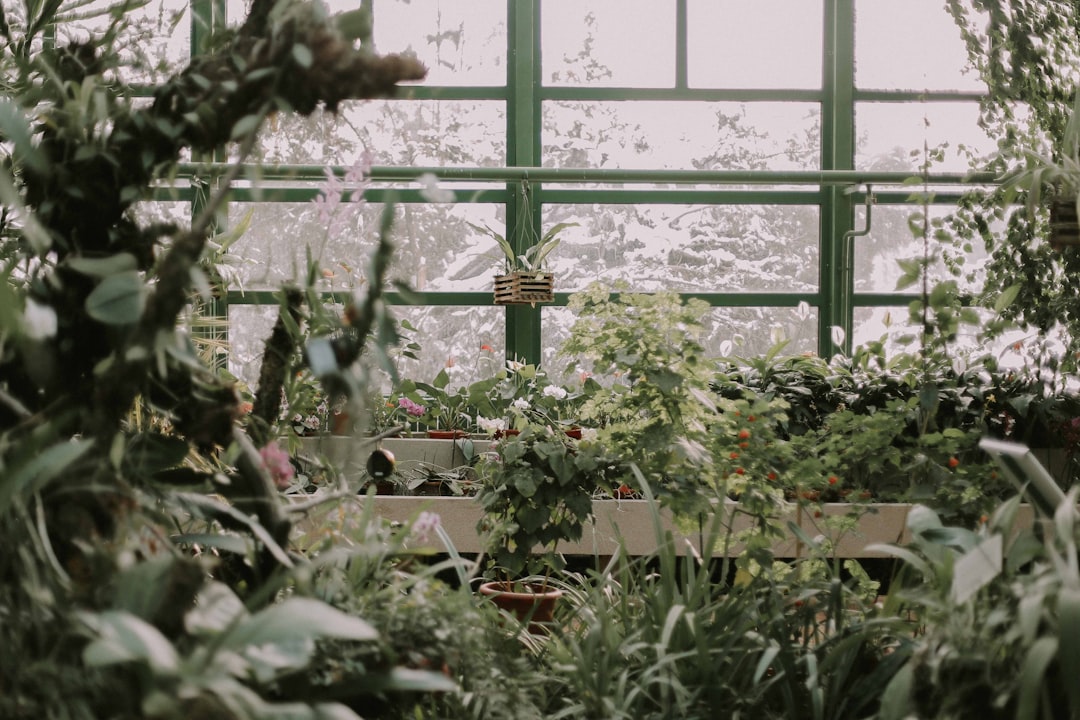
Unveiling the Secrets of Trillium Growth
Unveiling the Secrets of Trillium Growth
The All - Season Charm of Sedum Plants
The All - Season Charm of Sedum Plants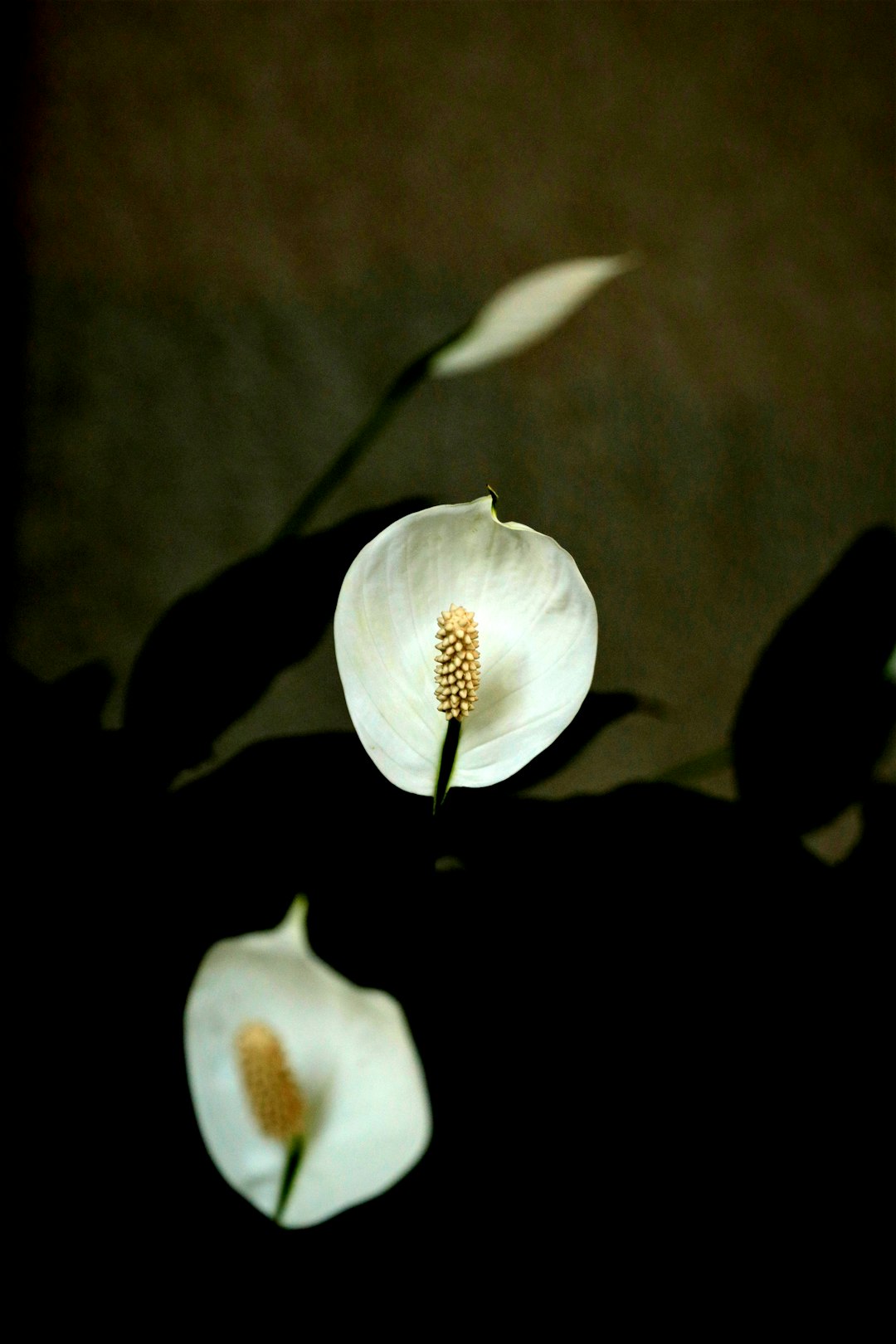
Banishing Snakes from Your Yard: Simple Solutions
Banishing Snakes from Your Yard: Simple Solutions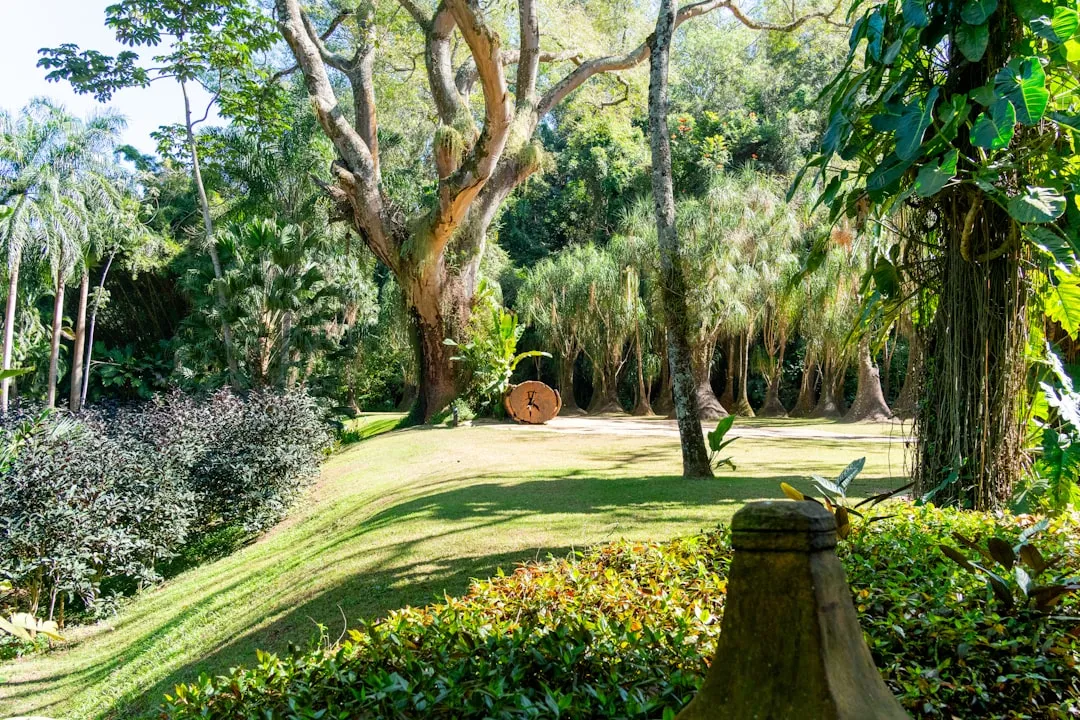
Secrets to a Bug - Free Garden: Conquering Squash Bugs Naturally
Secrets to a Bug - Free Garden: Conquering Squash Bugs Naturally
Transform Your Yard: Banish Crabgrass for Good
Transform Your Yard: Banish Crabgrass for Good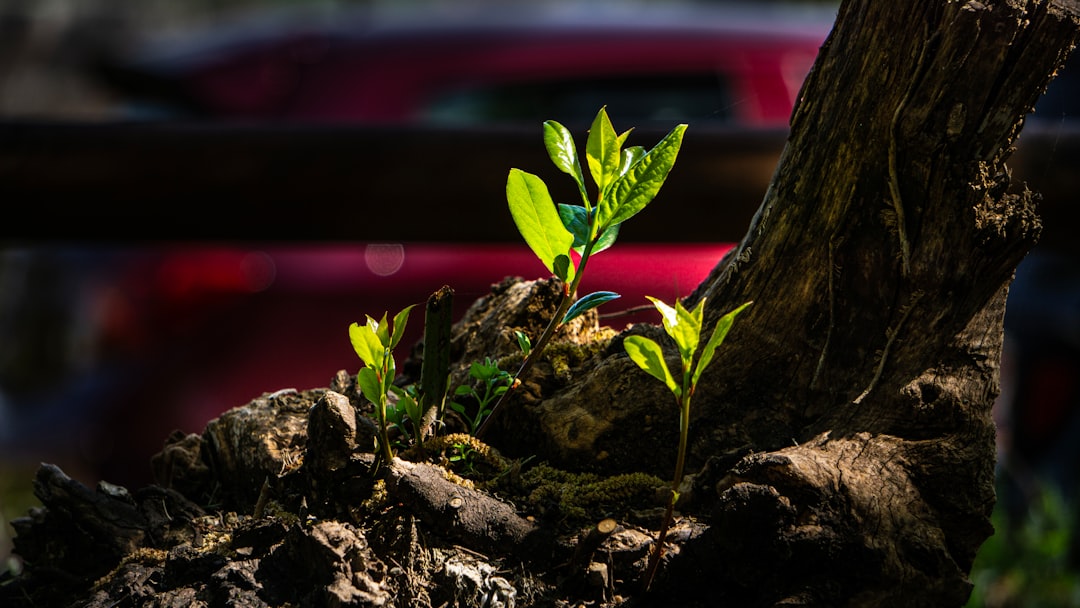
Unveiling the Wonders of a Low - Sun Garden
Unveiling the Wonders of a Low - Sun Garden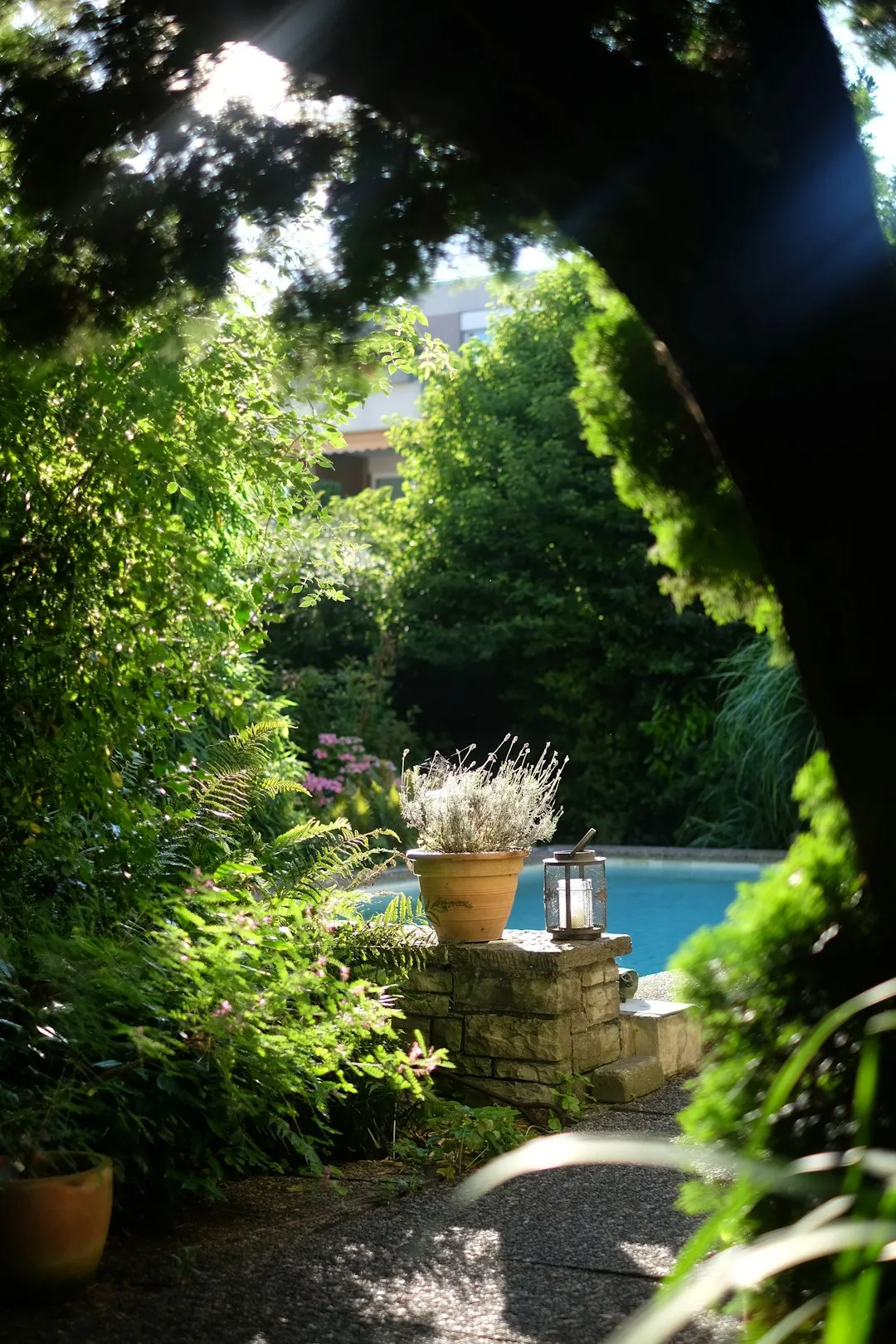
Unleash Your Garden's Potential: The Magic of Lasagna Gardening
Unleash Your Garden's Potential: The Magic of Lasagna Gardening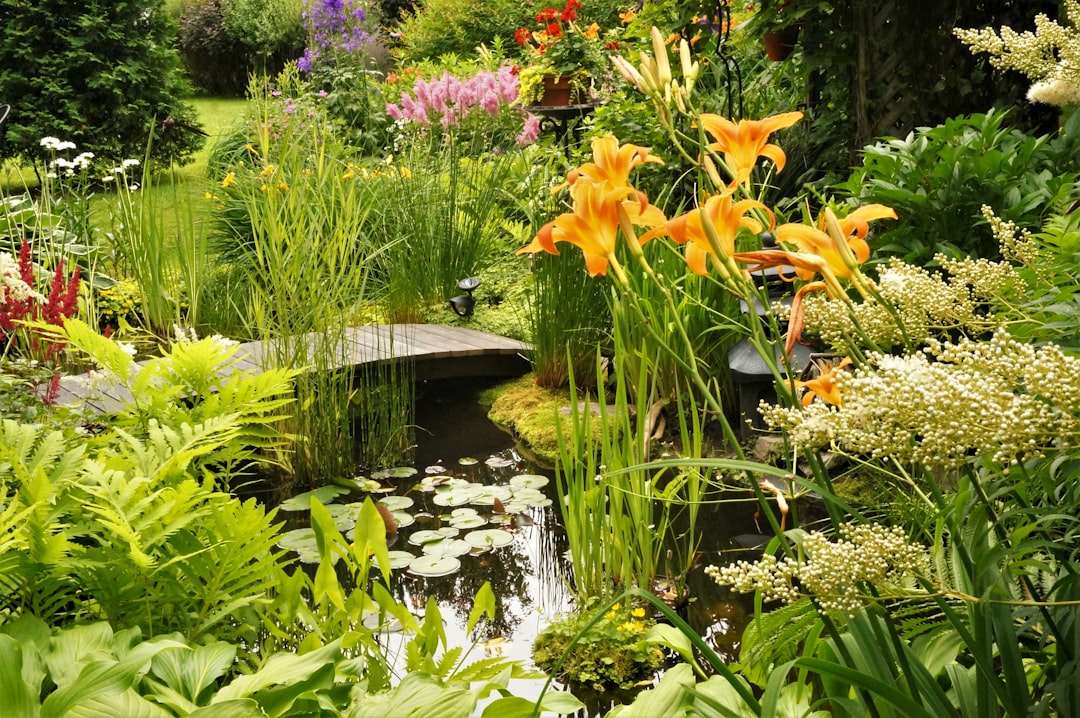
Unveiling the Mysteries of Lunar Gardening
Unveiling the Mysteries of Lunar Gardening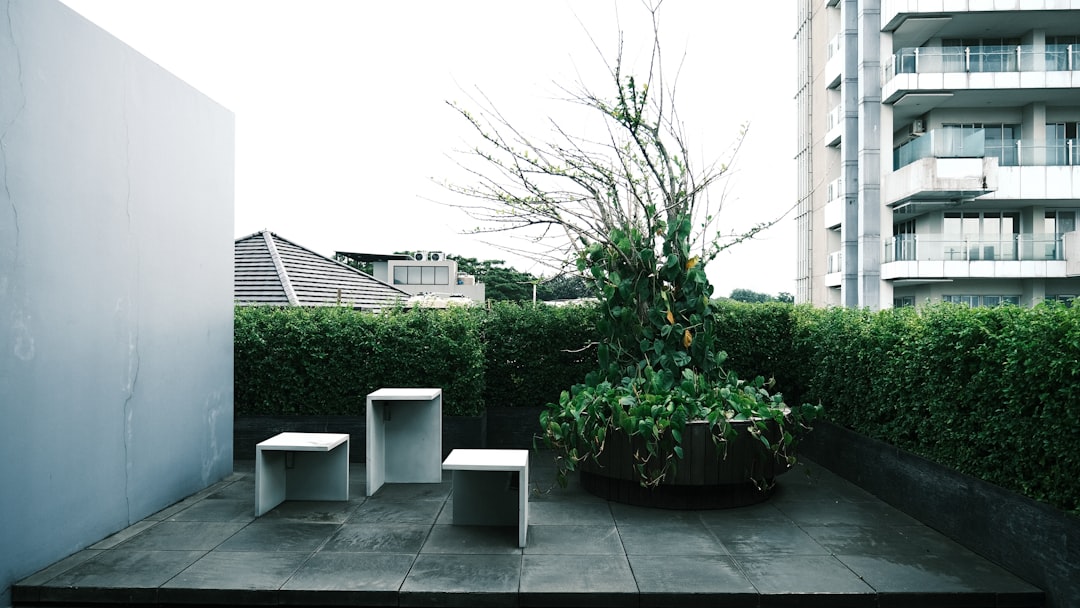
Unleash Your Inner Herbalist: A Guide to Indoor Herb Gardening
Unleash Your Inner Herbalist: A Guide to Indoor Herb Gardening